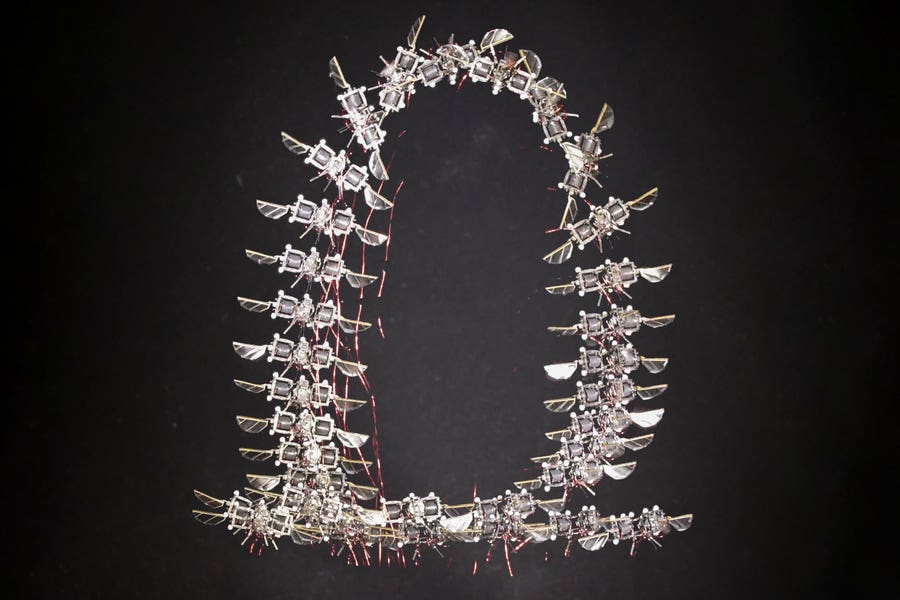New enzymes offer breakthrough in genetic editing beyond CRISPR
A newly discovered family of enzymes can cut single-stranded DNA with exact precision—opening doors to next-gen medical and biotech tools.

New Ssn enzymes cut single-stranded DNA with precision, unlocking powerful tools for gene editing, diagnostics, and medicine. (CREDIT: Nature)
For decades, scientists have studied how to control DNA—the molecule that holds the instructions for all life. One of the most powerful tools to emerge from that effort was CRISPR, a system adapted from bacteria that allows for editing of double-stranded DNA. It changed science, letting researchers cut and change specific genes with high accuracy. From plants to animals to humans, CRISPR opened doors to potential cures for genetic diseases.
But CRISPR has its limits. It works on double-stranded DNA, the form most people are familiar with. However, not all DNA exists in that form. In some cases—such as certain viruses, DNA replication, and gene editing—DNA appears as a single strand. Until now, there was no reliable way to cut or edit this type of DNA. That’s where a new discovery comes in.
Published in the journal, Nature Communications, scientists at a Canadian research institute have found a special family of enzymes that can make targeted cuts in single-stranded DNA. This new tool might help transform the next era of medicine and biotechnology.
Most of the DNA in living organisms is double-stranded, forming the well-known twisted ladder shape. But single-stranded DNA (ssDNA) plays a big role in many natural processes. It’s used during DNA repair, replication, and is also found in some viruses. In modern science, ssDNA is a key part of gene sequencing, molecular diagnostics, and even nanotechnology.
Despite its importance, scientists haven’t had a way to cut ssDNA at specific spots. Current tools only work well on double-stranded DNA. That has limited the ability to make precise changes or analyze ssDNA in the same way.
Now, for the first time, researchers have found enzymes that can do just that.
A research team led by Professor Frédéric Veyrier at the Institut national de la recherche scientifique (INRS) studied a tiny but powerful enzyme in a bacteria known for causing meningitis. This bacterium, a strain of Neisseria meningitidis, has a unique protein that helps it take in new DNA and evolve quickly. The enzyme is part of the GIY-YIG superfamily, known for cutting DNA in many forms.
Related Stories
The scientists focused on one protein they named SsnA. Unlike other enzymes that only work on double strands, this one cuts only single-stranded DNA. Even more impressive, it does so with great precision. It targets a specific 28-letter sequence called the Neisseria Transformation Sequence (NTS), which shows up hundreds of times in the bacterial genome.
“In studying it, we found that it recognizes a specific sequence that is found in many instances in its genome and plays a key role in the natural transformation of the bacterium,” said Professor Veyrier. “This interaction directly influences the dynamics of the bacterial genome.”
This “transformation” refers to the bacterium’s ability to pick up new DNA and adapt rapidly. The enzyme’s activity helps control how and when this DNA is integrated into the genome.
Once the team confirmed the enzyme’s precise cutting ability, they expanded their research. They identified thousands of similar enzymes across various bacteria. Many of them showed the same remarkable property: they could recognize and cut only their matching ssDNA sequence.
“These enzymes therefore have this property with their own specificity,” said Alex Rivera-Millot, a postdoctoral fellow and co-first author of the study.
This finding is more than a scientific curiosity—it opens the door to an entire new class of DNA tools.
The Ssn enzymes are a game-changer. Their ability to cut single-stranded DNA with high accuracy can fuel advances in gene editing, medical diagnostics, and even fighting infections.
In health research, this tool could be used to detect pathogens more accurately. It could also help scientists design new treatments that work by cutting out harmful genetic material from viruses or bacteria. The potential for targeted gene therapy—where damaged DNA is repaired or replaced—is especially exciting.
Because these enzymes are small and specific, they could become powerful tools in the lab. They could improve rolling circle amplification (RCA), a process used to copy DNA for tests. Scientists have already shown that these enzymes can be used to cut DNA produced by RCA. That makes them useful in early disease detection or monitoring infections.
Even more exciting, Ssn enzymes can be programmed to cut only the exact sequence they are designed for. That means they can be used like precision scalpels, trimming unwanted DNA without harming the rest.
“This discovery and its applications set the stage for the development of innovative ssDNA-based molecular tools and technologies,” the research team wrote.
A patent is already pending for the use of these enzymes, highlighting just how important this finding is for future biotech advances.
The research focused on a family of proteins in Neisseria meningitidis and its relatives. These bacteria have some of the highest rates of “natural competence,” which means they can absorb DNA from the world around them and use it to change their own genomes.
In Neisseria, a repeating DNA sequence called dRS3 is often found near genes that differ from one strain to another. The longer NTS includes this dRS3 and seems to help regulate which DNA gets integrated into the genome. It often forms a hairpin shape, making it easier for the Ssn enzyme to recognize and cut.
Interestingly, these DNA elements are more common in disease-causing species of Neisseria than in harmless ones. That suggests they may help bacteria become more dangerous by picking up genes that allow them to cause infections or resist antibiotics.
The enzyme SsnA, found in Neisseria meningitidis, cuts the NTS when it’s in a single-stranded form. By doing this, it may act as a filter, deciding which new DNA can be accepted by the bacteria. This insight helps explain how bacteria evolve quickly and spread drug resistance.
The team found SsnA belongs to a much larger family of related proteins, many of which are still unstudied. These proteins share a common GIY-YIG domain, which acts like a signature shape allowing them to bind and cut DNA. Unlike larger, multi-domain proteins, these are small and simple. That makes them easier to work with and possibly more adaptable for future use.
Because these enzymes are found in thousands of bacteria, they could be collected and modified to fit a wide range of needs—from medical treatments to environmental cleanups.
The discovery of Ssn enzymes may become as important to the next wave of biotech as CRISPR was to the last. While CRISPR changed how scientists worked with double-stranded DNA, this new class of tools gives similar control over single-stranded DNA.
There’s still more work to be done. Researchers need to test these enzymes in real-world conditions and explore how they behave inside living cells. But the early signs are clear: the ability to cut ssDNA with precision has the potential to reshape how we detect, treat, and understand disease.
As new types of viruses emerge and scientists seek faster ways to develop treatments, tools like Ssn enzymes could play a vital role. They allow for subtle but powerful changes to genetic material, helping medicine become more personal and more accurate.
With the groundwork laid by this discovery, the future of DNA editing looks even sharper than before.
Note: The article above provided above by The Brighter Side of News.
Like these kind of feel good stories? Get The Brighter Side of News' newsletter.



